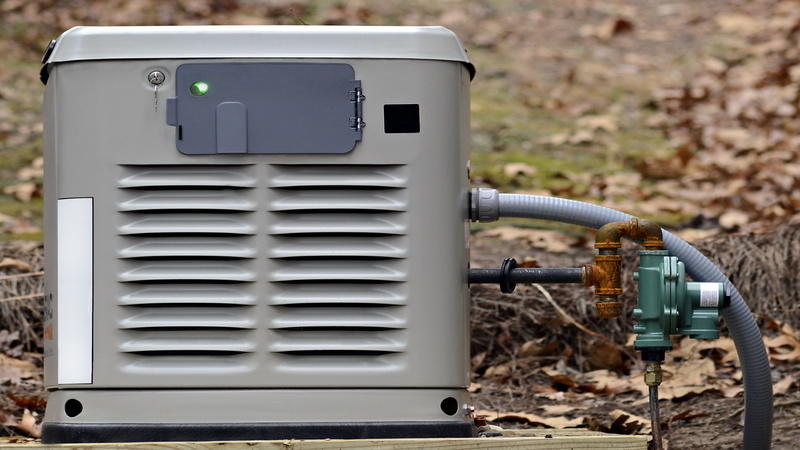For many people, circuits and switches are a mysterious haze of wires, connections, lights and components like Carling toggle switches and Alpha Wire shrink tubing. However, when you look closer at wires, circuits and switches you will see definite patterns, and a reason behind every component and wire. In fact, once you have a basic understanding of how switches work, the cloud of uncertainty fades and eventually disappears. Here is information to help you solve this mystery.
What is an Electrical Switch?
When you have current passing through a circuit, you need a way to interrupt the flow of current (to turn something off). You also need a way to restore current flow (to turn something on). This is the basic purpose behind switches. It could be a single pole wall switch in your house or a Carling toggle switch in an electronic appliance. The basic principle is the same.
Why Do Basic Circuits Have Two Wires and Basic Switches Only One?
If you know anything about basic electricity, you understand about black and white wires. For example, in standard house current, power enters an appliance via a black wire and exits through a white wire, where it is neutralized in the ground. This is why the white wire is called the “neutral” conductor and the black wire the “hot” conductor”.
Electricity runs from hot to the ground. One only needs to break the hot wire to kill the circuit. Breaking the white wire would also kill the circuit, but because it is also a grounded conductor, anything grounded coming in contact with the circuit would create a short circuit and this is a shock hazard. This is why only the black or hot conductor is broken by a switch.
What about the Green Wire?
You may have noticed a green, bare, or green with yellow stripe wire in many electrical circuits. In appliances, the green wire is connected directly to a metal chassis. This is done to “ground” the appliance, and the reason green or bare wires are known as “grounding conductors”. In your house, the green wire goes to the same grounding source as the white (neutral) wire. However, it is not a current carrying conductor and is only live in the event of a short circuit. This is what prevents metal appliances from shocking people when they have problems. Should the green wire become active, a short circuit will trip a breaker or burn out a fuse.
Connecting Switches
When connecting switches, whether you have Eaton pushbutton, Carling toggle switches or a standard single pole wall switch, always pay attention to the colors of the wires and if you are in doubt, have someone with electrical experience supervise your work or do it for you.



